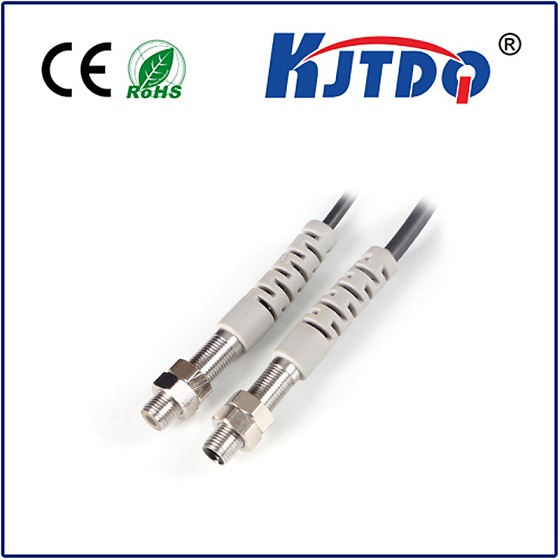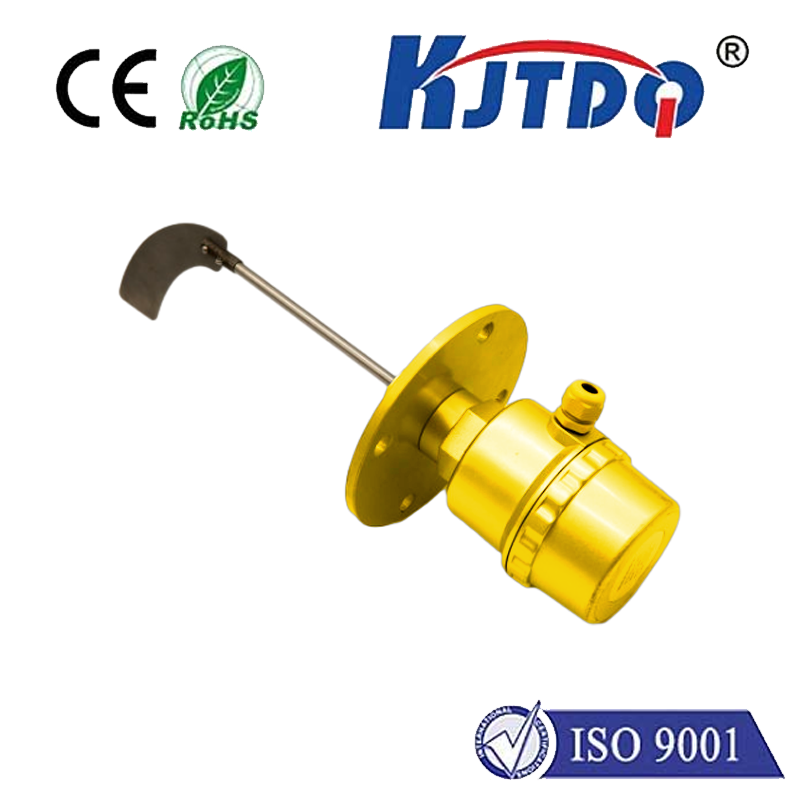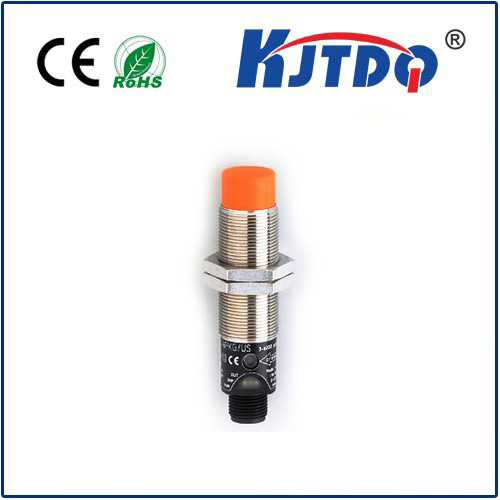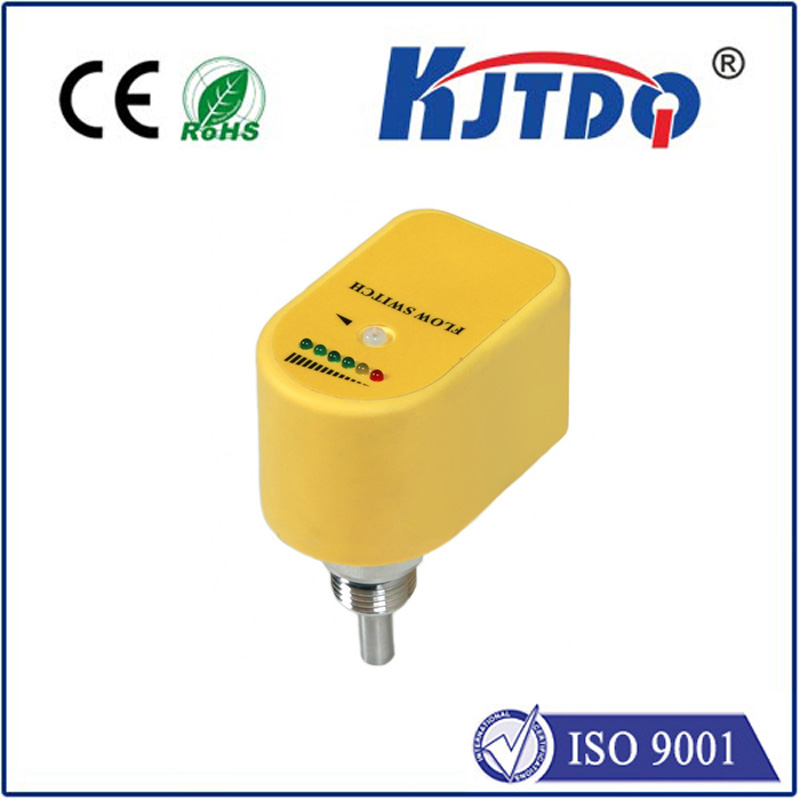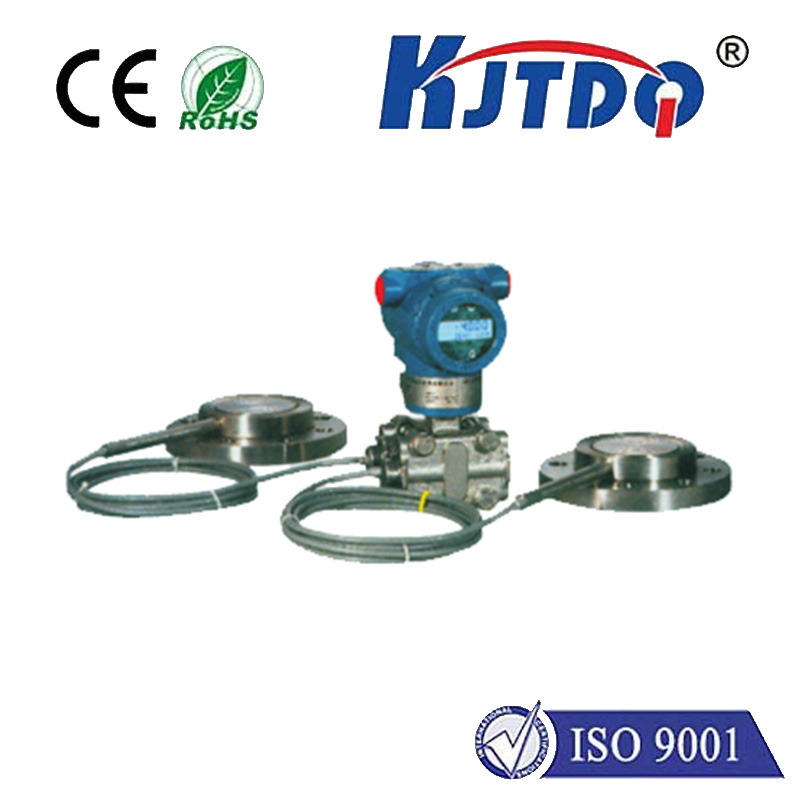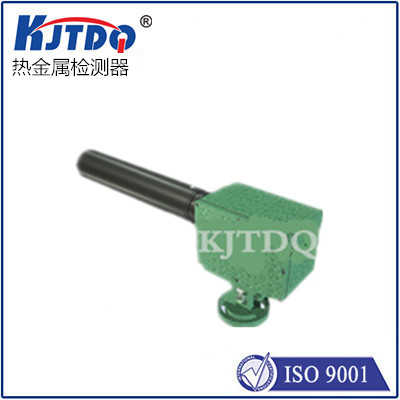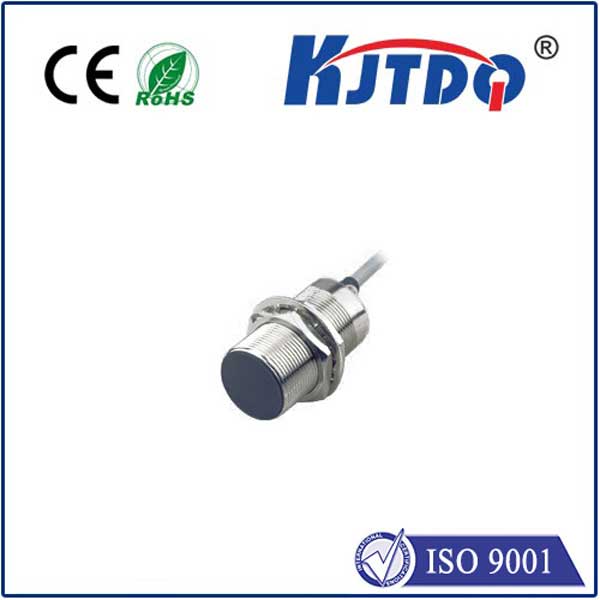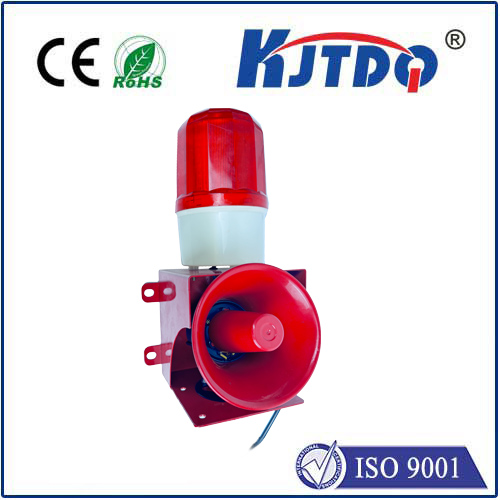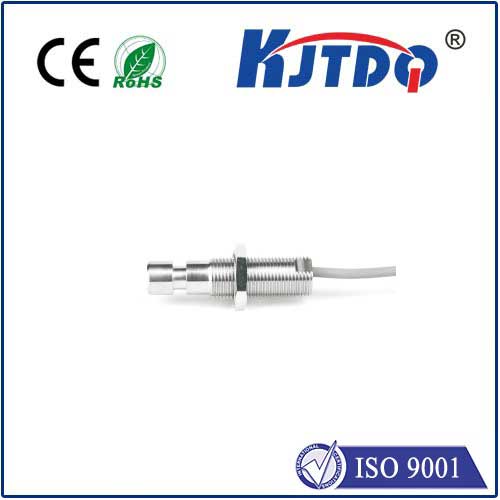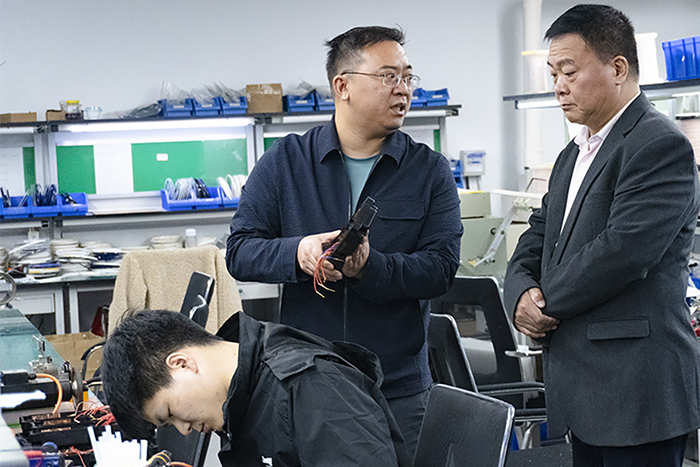
check

check

check

check
Understanding the Proximity Switch 24VDC: A Comprehensive Guide Proximity switches are essential components in various industrial automation systems, offering reliable detection of object presence without physical contact. Among the numerous types available, the proximity switch 24VDC stands out due to its widespread use and compatibility with many control systems. In this article, we will delve into the specifics of the proximity switch 24VDC, exploring its design, functionality, applications, and benefits.
A proximity switch 24VDC, or a 24-volt DC proximity sensor, is an electronic device that detects the presence or absence of a target object within a certain range. It operates at a supply voltage of 24 volts direct current, making it compatible with a broad range of industrial control systems and devices. Unlike mechanical limit switches, proximity switches use electromagnetic or capacitive fields to sense their targets, providing non-contact operation.

The working principle of a proximity switch 24VDC depends on whether it is an inductive (electromagnetic) or capacitive sensor.
Capacitive sensors detect changes in the electrical field caused by the approach of any conductive or semi-conductive material. They are particularly effective in detecting non-metallic objects such as plastics, glass, and liquids. Both types of proximity switches convert the detected changes into an electrical signal that can be processed by a controller or used to trigger actions in automation systems.
The proximity switch 24VDC has found extensive applications across various industries due to its versatility and reliability. Some typical uses include:
Detects component placement and movement in manufacturing processes.
Regulates flow rates and positions of liquids in fuel injection systems.
